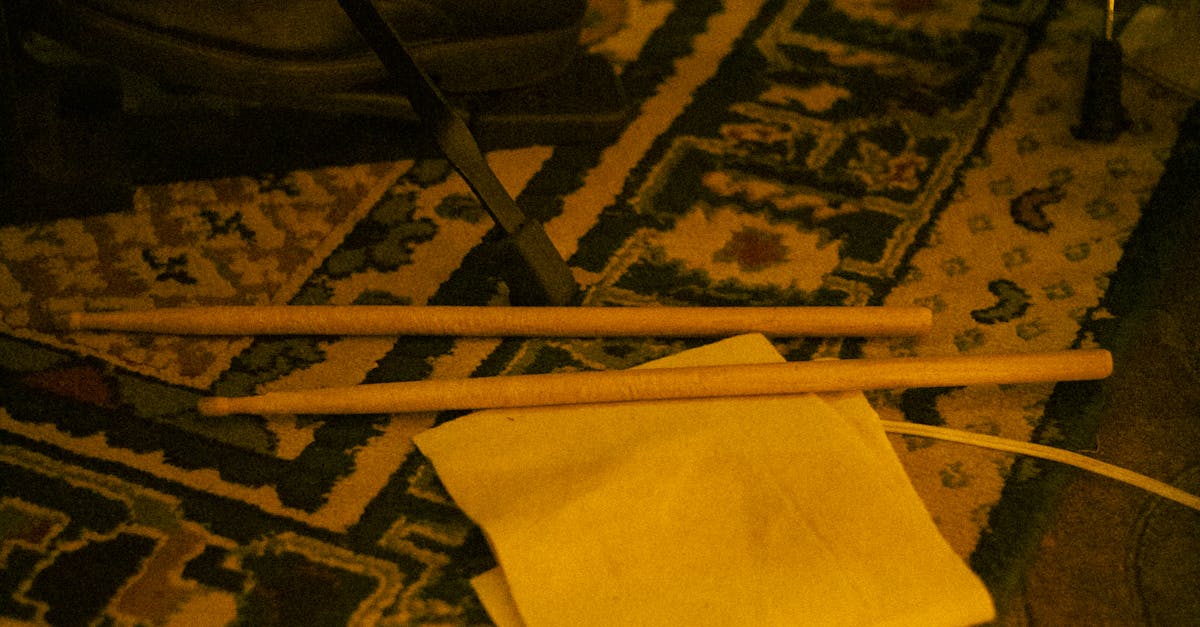
Table Of Contents
Challenges in Recycling Old Carpets
Recycling old carpets presents a variety of challenges that can hinder the process. One major obstacle is the issue of contamination within the carpet fibers. Over time, carpets accumulate dirt, bacteria, and other potentially harmful substances that can make the recycling process more complex and costly. Contaminated carpets need to undergo thorough cleaning and treatment to meet recycling standards, which can be a time-consuming and resource-intensive task.
Additionally, another challenge in recycling old carpets is the separation of different types of fibers used in carpet manufacturing. Carpets often contain a mix of synthetic and natural fibers, which must be carefully separated to ensure the quality and usability of the recycled materials. The process of fiber separation requires specialized equipment and expertise to avoid damaging the fibers and maintain their integrity for reuse. Addressing these challenges is crucial for promoting sustainable practices in the carpet industry and maximizing the potential for carpet recycling.
Addressing Contamination and Fiber Separation Issues
When it comes to recycling old carpets, one of the primary challenges is addressing contamination and fiber separation issues. Contamination can occur due to various factors such as dirt, debris, and spills that accumulate within the carpet fibers over time. These contaminants can not only affect the recyclability of the carpet but also pose difficulties in the separation process. Proper cleaning and sanitization are crucial steps in preparing carpets for recycling. Techniques like steam cleaning and vacuuming can help eliminate surface contaminants and improve the overall quality of the recycled materials.
Moreover, fiber separation is another critical aspect in carpet recycling. Different carpet components, such as nylon, polyester, or wool fibers, need to be separated effectively to ensure the highest level of reusability. Advanced technologies and methods are being developed to streamline this process and enhance the efficiency of fiber separation. By overcoming these contamination and fiber separation challenges, the recycling industry can maximize the potential reuse of materials extracted from old carpets, ultimately contributing to a more sustainable and eco-friendly approach to waste management in the carpet removal sector.
Sustainable Uses for Recycled Carpet Materials
Sustainable Uses for Recycled Carpet Materials
One of the environmentally friendly solutions for old carpet is recycling it to create new products. After carpet removal, the materials can be processed and transformed into insulation materials for buildings or vehicles. By reusing old carpet fibers in this manner, the demand for virgin resources is reduced, contributing to a more sustainable approach to construction and manufacturing processes.
Additionally, old carpets can be repurposed into acoustic panels for sound absorption in various settings, including offices, schools, and even residential spaces. Repurposing these materials not only prevents their disposal in landfills but also provides a practical use that contributes to creating more comfortable and functional indoor environments.
Repurposing Carpets for Insulation and Other Applications
Repurposing old carpets for insulation and other applications presents an environmentally friendly solution for managing carpet waste. When carpets reach the end of their life cycle, they are often discarded, contributing to the existing waste management challenges. Carpet removal can be a labor-intensive process, and simply sending them to landfills is not a sustainable option. However, by repurposing these carpets for insulation purposes, their value can be extended, diverting them from landfills and reducing the environmental impact they would have otherwise caused.
Furthermore, beyond insulation, recycled carpet materials can find useful applications in various industries. The fibers and backing of old carpets can be repurposed into sound-absorption materials for buildings or even used as padding for gym equipment. By exploring innovative ways to utilize recycled carpet materials, we not only reduce waste but also create opportunities for upcycling and contributing to a more sustainable future.
Supporting the Circular Economy Through Carpet Recycling
Supporting the circular economy through carpet recycling involves reimagining the lifecycle of carpets beyond their initial use. When old carpets are taken out during carpet removal processes, they can be diverted from ending up in landfills and instead find new life through recycling initiatives. By integrating these materials back into the production cycle, the environmental impact of carpets can be lessened, contributing to a more sustainable approach within the industry.
Carpet removal can become a strategic point in the circular economy model by redirecting used carpets for recycling purposes. This not only minimizes the amount of waste generated but also reduces the need for virgin materials in carpet production. Through efficient recycling methods and a focus on reusing materials, the industry can take significant steps towards creating a closed-loop system where resources are continuously cycled and utilized, promoting a more environmentally friendly approach to carpet manufacturing.
Promoting Reuse and Recycling Within the Carpet Industry
Carpet removal is a crucial step in the recycling process within the carpet industry. By emphasizing the importance of sustainable practices and recycling old carpets, companies can contribute significantly to the reduction of waste in landfills. Encouraging regular and systematic carpet removal practices can help streamline the recycling process and ensure that valuable materials are not discarded unnecessarily.
Moreover, promoting reuse and recycling within the carpet industry can pave the way for innovative solutions and technologies that support a more circular economy. By investing in research and development focused on recycling techniques and materials, manufacturers can find new ways to extend the lifespan of carpets and reduce their environmental impact. Collaborating with recyclers and other industry stakeholders can foster a culture of sustainability and responsibility, leading to a more eco-conscious approach to carpet production and disposal.
FAQS
Can old carpets be recycled?
Yes, old carpets can be recycled through various processes to create new products and materials.
What are the challenges in recycling old carpets?
Challenges in recycling old carpets include addressing contamination issues, separating different fiber types, and ensuring proper processing methods.
How can contamination and fiber separation issues be addressed in carpet recycling?
Contamination and fiber separation issues in carpet recycling can be addressed through thorough cleaning, sorting, and processing techniques to ensure the quality of the recycled materials.
What are some sustainable uses for recycled carpet materials?
Recycled carpet materials can be repurposed for various sustainable applications, including insulation, soundproofing, and creating new carpet products.
How does carpet recycling support the circular economy?
Carpet recycling supports the circular economy by promoting reuse and recycling within the carpet industry, reducing waste, and conserving resources through sustainable practices.




